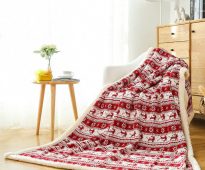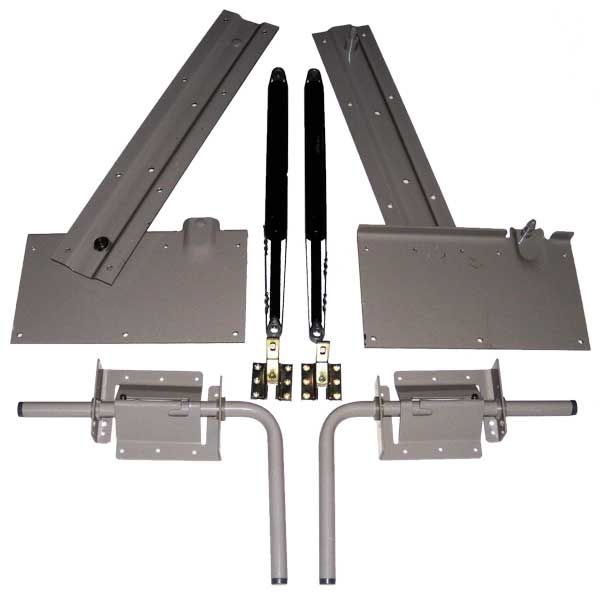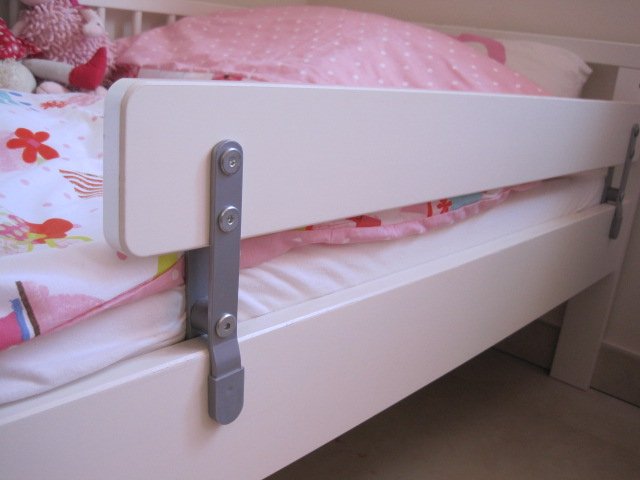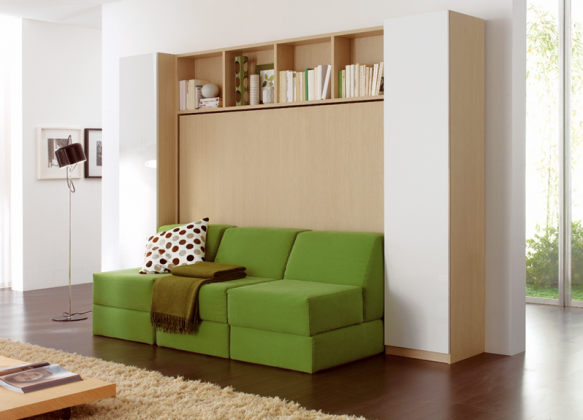 Is it possible to wash the blanket from camel wool in a washing machine
Is it possible to wash the blanket from camel wool in a washing machine
Homemade pompon plaid making
In the modern world, where most of the things that surround us are made by factory production, hand-made things are gaining great popularity. The brand “hand made” is valuable for the uniqueness of the created product.
In winter, when it is cold and damp outside, I want the house to be a place of warmth and comfort. A blanket of pom-poms with their own hands creates a special atmosphere in the house, it is doubly pleasant if this blanket is also useful, in addition to its aesthetic appeal.
Content
How to make a blanket of pompons do it yourself
Beautiful fluffy plaids of pompons look unusual, stylish and can decorate any interior.
Before you start making your own rug from pompons with your own hands, you should carefully read the instructions. The knitting technique is diverse: you can knit a blanket on the needles or use a special fabric as a base.
In the description it looks quite simple, but in practice it is a very time-consuming procedure, it takes time, effort and perseverance, as you will have to perform a lot of monotonous actions from which calluses may appear on your hands. If the master is patient, you get a warm, fluffy plaid of pompons, which will decorate the house and warm the owner.
Need to prepare the necessary tools:
- special frame;
- yarn;
- scissors.
Tools and materials for manufacturing
How to make a frame for weaving plaid of pompons
Making a frame for weaving plaid is quite a difficult process for a woman; in 90% of cases, it is necessary to use male power. It is necessary to prepare materials.
- Rake 3 cm wide. The length of the frame is 144 cm, the height is 136 cm. Since this is a rather bulky thing, the frame must be durable to withstand the severity of the thread, not to break, not to spoil all the work. The quality of the tree does not matter.
- Screws-screws for fastening the rails between themselves.
- Nails in the amount of 132 pieces with a length of 7-8 cm.
- Hammer.
The technology for making the frame is simple. First you need to fasten four rails together at the corners, two 144 cm long rails will be located at the bottom and top of the frame, and two more - 136 cm each - on the right and left. Thus, the result is a square. The rails are fastened at the corners with self-tapping screws, the length of all the rails on the finished frame due to the fastening will be the same.
At the beginning we make a wooden square or rectangular frame.
Further, using a hammer, it is necessary to drive in nails. It is necessary to retreat from an angle of 8 cm., Begin to drive in every 4 cm. 33 nails on each side. Rama is ready.
Drive the nails seventies at a distance of 4 cm from each other
In order not to doubt the strength of the frame, you can take additional fasteners in the form of narrow, short strips at the corners of the main frame from the rear.
On such a frame, it is possible to weave a blanket of a child's size 115 cm by 115 cm, and with a fringe at the ends - 130 cm by 130 cm.
Selection of threads for a plaid of pompons
Depending on the purpose of using the item, the choice comes down to three types of yarn:
- cotton;
- wool;
- acrylic.
Types of yarn: wool, acrylic, cotton
Cotton is environmentally friendly, hypoallergenic, provides free air circulation, is easy to machine washable in manual mode, the yarn does not stretch and retains color. The only drawback of cotton is weight - the blanket is quite heavy.
Wool has healing properties, warms well, prevents the ingress of moisture from the outside, removes it from the inside. In this case, a blanket of wool can cause allergies, is very whimsical in care, can stretch or, conversely, shrink after washing. In pure wool with time will appear the pellets. The definition of quality: during tension, the fibers may decrease in size, but the thread will remain intact.
Acrylic is similar to wool, but stronger, keeps color well, does not fade in the sun, is more resistant to wear, slowly becomes thinner, but does not let in moisture, but retains heat well. After washing can stretch, it is recommended to wash it in delicate mode.
Based on the fact that each species has its drawbacks, it is better to choose a natural thread with an artificial impurity. On a plaid with a fringe of 130 cm by 130 cm. 11 skeins of 100 m each will be required.
Weaving technology.
- We must start weaving with the basics. If the master is a beginner, it is better to choose two different colors, so it will be easier to cut the pompons. The basis will be 20 layers of weaving. First you need to knot to fix the thread on the corner of the upper left nail.
First, we will weave the base vertically, for convenience it is better to make it with other threads, the tone is darker or lighter, or in general a different color.
- Next, you need to hold up to the nails on the bottom rail, round the first two nails together, then hold up, just around the next two upper nails. So until the very end.
Now we turn the thread on the horizontal part and just as well, grasping two carnations, we weave it all the way down.
- When all the nails at the bottom and at the top are wrapped, from the last bottom one, skip the thread to the nearest side right nail, round it, pass the thread horizontally to the left parallel nail. Round two left nails, also horizontally to the right rail, round two nails - and back to the left. Continue to the top.
It will look like 1 coiled row vertically and 1 horizontally
- When the thread reaches the corner left nail, it is necessary to throw it onto the extreme horizontal nail and continue weaving according to the previous pattern. So make 20 layers of foundation. Then knot the thread on the left corner nail.
Then we weave the vertical part again, and then the horizontal one and so on in turn, until you wind up 20 threads on the vertical part and 20 on the horizontal part.
- Next, take a different color and do the same procedure with only 30 layers - this is the basis.
The next step is to take a yarn of a different color and wind it exactly the same way vertically and horizontally through 30 threads, they will be our future pom-poms
- Then it is necessary to take segments of approximately 10-15 cm., Tie up each intersection cross-wise so that it does not dissolve. Trim the ends of the segments at a distance of 2 cm from the node. You must be very careful not to miss a single intersection, otherwise everything will fall apart.
Tie knots at intersections, without missing a single intersection, otherwise the blanket will not work
- Cut the threads at the edges, in the middle between the nails around the perimeter, making a fringe.
We cut off our rug with nails, go around the entire perimeter of the frame and cut it in half where it is marked with a red line
- Carefully remove from frame.
- Cut with scissors 30 upper layers in the middle between the dressings, fluff. If the base is a different color, it will be easier to select the threads.
We take scissors and cut from our knots from four sides to 30 threads, without touching the base
- The final stage of making a plaid of pompons on the frame is to trim the excess, align the fringe around the edges, fluff it.
We cut all the pompons and as a result we get such a wonderful fluffy plaedik
The plaid is soft with fluffy pom-poms.
Children's plaid of pompons
The choice of yarn is a very crucial moment, it depends on how comfortable the baby will be. Based on the above description of the species, it is better to choose a mixture of cotton fibers with bamboo or lye. If the choice fell on wool. It is better to mix it with acrylic thread - the blanket will last longer, it will be better to keep the shape, keep the color. To be sure that the material is hypoallergenic, you need to buy yarn with the words “baby”, it is already mixed in the right proportions.
Weaving is similar to the above technique, the difference is only in the size of the frame and the amount of yarn. Depending on its quality for a newborn, 80 cm by 100 cm will leave from 9-10 skeins of 100 m each.
Knitted plaid for a newborn with pompons
For kids, you can knit without a frame. To do this, as a basis, you can use a special mesh. You can take a colorful yarn. Such creativity will be pleasing to the eye.
Required materials: yarn of different colors, scissors, soft mesh base
- First you need to cut off using the ruler to measure the desired size, outline, cut along the contour.
- Prepare by winding on the fingers, with a distance between them of 2 cm. Make about 55 turns.
Grab a small piece of yarn and begin to wind it on your fingers while gently holding the tip.
- Carefully remove from fingers.
In order to get a medium-sized pompom, we wrap the thread around the arm 55-60 times.
- Cut the thread length of 15 cm., Pass through the center of the skein, tie a tight knot, make 3 such turns for strength.
Carefully remove the yarn from your hand and put it on the table, measure out a piece of thread of the same color, 15-20 centimeters long
- Scissors cut both sides of the yarn in the middle. Fluff pompon, trim the excess.
We wrap the thread around the center of the yarn to divide it into two equal halves, and tie the ends to a knot
We take sharp scissors and carefully cut the loops on both sides, trim the slightly protruding threads
- Make the size of the mesh-base.
Do the same with yarns of other colors and form as many pompons as required by the size of the base.
- Take a pompon, skip the thread through the mesh holes, tie both ends to the inside.
We take the first pompon and gently push the threads through the mesh holes, tie the edges with a tight knot on the wrong side, cut off the excess part of the thread with scissors
In the same way, we attach pompons of other colors to the first and subsequent rows.
- Do the same with others, tightly sewed them one to another across the entire area of the base. Trim the excess from the inside out.
After you are finished, turn the blanket inside out and check whether all the threads are trimmed, sew the base fabric on the wrong side if you wish.
Colorful children's blanket do it yourself
Care.
- Knitted fabrics are subject to stretching and the formation of the pellet, it is not necessary to dry them in a washing machine or brush them with hard brushes.
- If a pellet occurs, remove it with a razor or special machine.
- Puffs are easily removed with a needle: pull up the threads from the wrong side.
- After washing, decompose until completely dry, better to refrain from ironing.
- To wash the blanket at a temperature not higher than 30 degrees in the delicate wash mode, so that it lasts longer, it is better to use the services of dry cleaning.
With proper care, the blanket will long please with a warm and cozy look, the handmade items reflect the inner world of the owner, create the special character of the housing, make it unique.
Video: Pompom Plaid
Photo-collection of beautiful rugs from hand-made pompons:
 Is it possible to wash the blanket from camel wool in a washing machine
Is it possible to wash the blanket from camel wool in a washing machine






